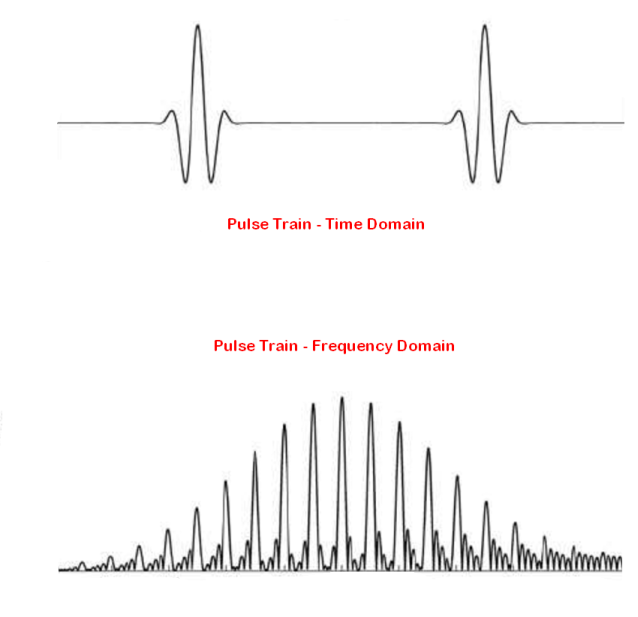
|
vlrPhone |
Multimedia Codecs Based on FFT and Compatible with the Integrated Sensing and Communication

We have recently introduced new methods for the compression, the decompression and the transport of media (audio, image and video).
For more information, see at the following addresses:
Image and Video Compression
Long Distance Communications
This information is written for investors, developers and decision makers.
Prior to any potential standardization, some of the algorithms presented in this document can already be used within the framework of the private 5G networks.
The Integrated Sensing and Communication (ISAC) will be the foundation of the future 6G standard.
The objective of this document is to show how our algorithms can be used with ISAC, particularly at the waveform level.
For more information on ISAC, see at the following address:
ISAC Presentation
ISAC Concept
To integrate the sensing signal data (sensing data) with the communication data, we rely on our two-plane model (foreground and background), with decimation in the background, but we reorganize the planes into two parts:
- a first part comprising the foreground and the non-decimated points of the background;
- a second part comprising the decimated points of the background.
We can prioritize the sensing (sensing-first). In this case, the sensing data occupies the first part, and the communication data occupies the second part.
We can also prioritize the communication data (communication-first). In this case, the communication data occupies the first part, and the sensing data occupies the second part.
The decimated points in the background can be used entirely or partially to remain compatible with SC-FDMA (Single-Carrier Frequency Division Multiple Access).
Main Modulation Formats Used in Sensing Radars:
- Pulse radar: a pulse radar emits short pulses and determines the distance to the object via the signal propagation delay.
- Unmodulated continuous wave radar (also called CW radar or Doppler radar): this type of radar continuously emits a fixed frequency.
Observing the Doppler frequency allows for the sensing of moving objects within the detector's sensing range and the determination of their orthogonal velocity.
- Frequency-modulated continuous-wave radar (FMCW radar): this type of radar continuously modulates its signal frequency during the transmission.
The chirp modulation used is a form of phase modulation that results in frequency modulation.
- Pulse-Doppler radar: this type of radar is a radar system that determines the distance to a target using the pulse propagation time measurement techniques and uses the Doppler effect of the reflected signal to determine the speed of the target object.
It combines the characteristics of the pulsed radars and he continuous-wave radars, which were previously separate due to the complexity of the electronics.
For more information on the radars, see at the following addresses:
Radar Signal Characteristics
Pulse-Doppler Radar
Continuous-Wave Radar
Radar Tutorial
Integrated Sensing and Communication:
- With the emitting pulse trains radars, the sensing-first is chosen. The pulse trains are simulated in the frequency domain, and the data is added in the second part of the frames before these frames are transmitted.

- With the FMCW radars, the sensing-first method is also chosen. We are interested in models where the Gaussian white noise can be added and the pulse compression can be used upon reception of the echoes.
Before transmitting the frames, in the frequency domain, the data is added to the second part of the noisy signal.
For more information on the pulse compression, see at the following address:
Pulse Compression
WiFi Sensing:
The sensing data includes not only data from the sensing radars, but also the information data on the channel status (CSI, Channel State Information).
For more information on the WiFI sensing, see at the following address:
WiFI Sensing
The sensing techniques utilize the channel state information (CSI) embedded in each Wi-Fi frame to understand how wireless signals propagate in the environment.
For example, by measuring the evolution of the CSI amplitude over time, it is possible to detect the presence or movement of a person, recognize different types of activity, or even detect specific gestures or measure human respiration.
Since the IEEE 802.11n standard, a wireless network interface card (NIC) uses the channel state information to optimize the transmission across multiple antennas.
The CSI data is very often in a complex format and can be compressed using our 1D or 2D compression methods.
With or without compression, this data can be transmitted using either a sensing-first or a communication-first approach.
ISAC Locally:
In a recent post, we discussed the compatibility of our methods with the Ultra-Wide Band (UWB) by implementing the Multi-Band OFDM (MB-OFDM).
For more information, see the complete article at the following address:
UWB Compatibility
It is also possible to be compatible with UWB using UNB frames. Simply truncate the time-domain signal with a square wave signal.
To recover the UNB frames in the frequency domain, it is necessary to pad the FFT buffer with the received patterns in the time domain before performing an FFT transformation and adjusting the overall amplitudes during the transmission and reception.
With the received partial patterns, the smaller the signal, the larger the bandwidth.
All the advantages of UWB are obtained with UNB frames, for example, strong penetration, low power consumption, good resistance to multipath interference, high security and high positioning accuracy.
The UWB technology also allows for greater accuracy in distance measurement, positioning, and tracking.
With the truncated UNB frames, it is even possible to consider adding PPM (Pulse Position Modulation), PAM (Pulse Amplitude Modulation), or OOK (On-Off Keying) modulations.
